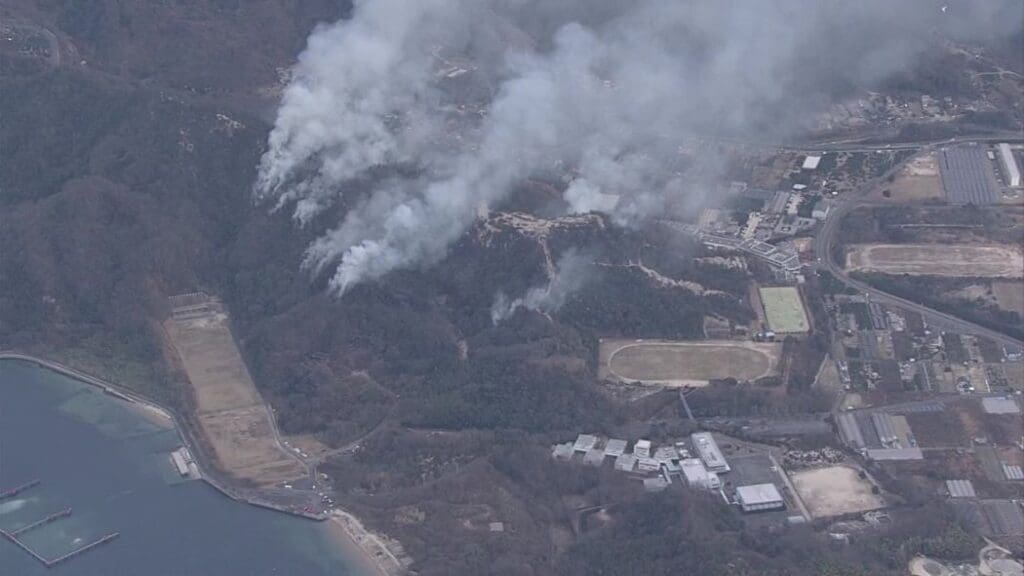Mount Taranaki, the iconic volcanic peak on New Zealand’s North Island, stands out with remarkable clarity in this Copernicus Sentinel-2 image captured on 7 May 2024. Rising 2,518 metres above sea level, the nearly symmetrical stratovolcano is encircled by a sharply defined ring of lush forest — the result of long-standing conservation efforts within Egmont National Park.
Situated on the island’s west coast, Taranaki Maunga (as it is also known) dominates the surrounding landscape. The volcano’s striking isolation and near-perfect conical shape have made it a geographical landmark and a sacred site for the Māori. The circular boundary of the park is easily visible from space and marks the edge of a dense forest ecosystem, contrasting with the patchwork of farmland that surrounds it. This abrupt transition between forest and pasture is one of the most distinctive features in satellite imagery of the region.

Although Mount Taranaki has not erupted since the mid-18th century, it is still classified as dormant rather than extinct. According to the Taranaki Civil Defence Emergency Management Group, there is an estimated 30–50% chance of an eruption occurring within the next 50 years. This assessment is based on geological studies and ongoing monitoring of the volcano’s activity.
Mount Taranaki’s isolated grandeur, rich biodiversity, and geological significance continue to make it one of the most studied and admired natural features in New Zealand.
The Sentinel-2 mission, part of the European Union’s Copernicus programme, provides detailed optical imagery of Earth’s surface. These satellites offer valuable data for environmental monitoring, including volcanic activity, land use, and forest health. Images like this one are used by researchers and local authorities to track changes in landscape and assess potential risks in volcanic regions.
Featured image credit: European Union, Copernicus Sentinel-2 imagery



